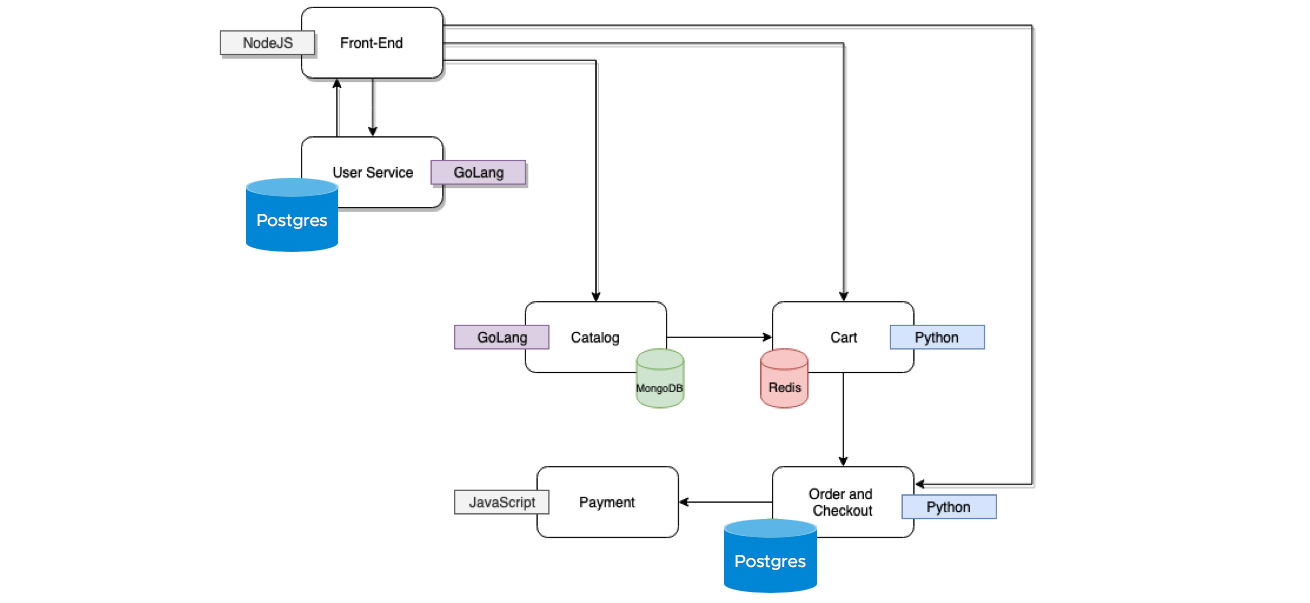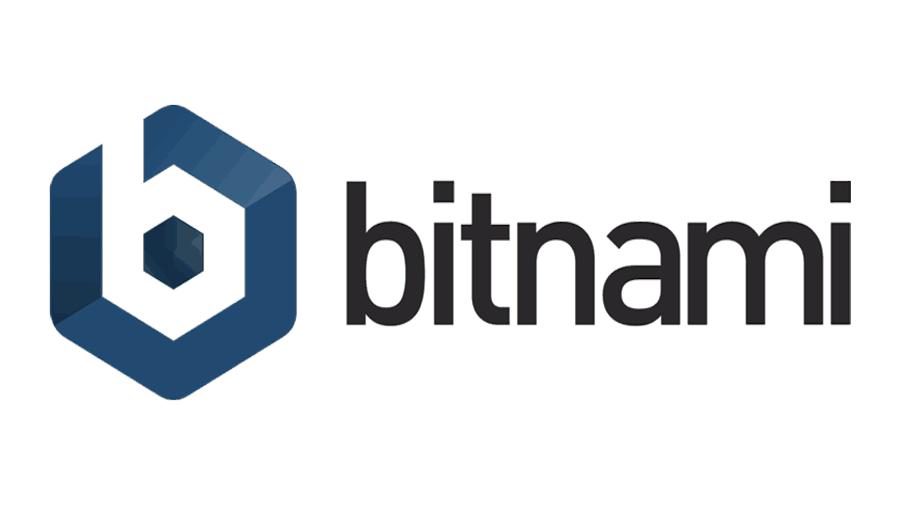What's cheaper - DB on K8S or AWS RDS?
As more and more applications convert to cloud native with Kubernetes as a normalizing layer the ability to have portability between public clouds also becomes easier. Theoretically, the app can now move easily between AWS/Azure/GCP. However, a couple of issues are always in the back of developer’s minds: Do I connect to cloud services like ML/AI, DevOps tool chains, DBs, Storage, etc? This might lock me in. Should I roll my own database or use a cloud services like CosmosDB, Azure Postgres DB, etc.
Continue Reading








